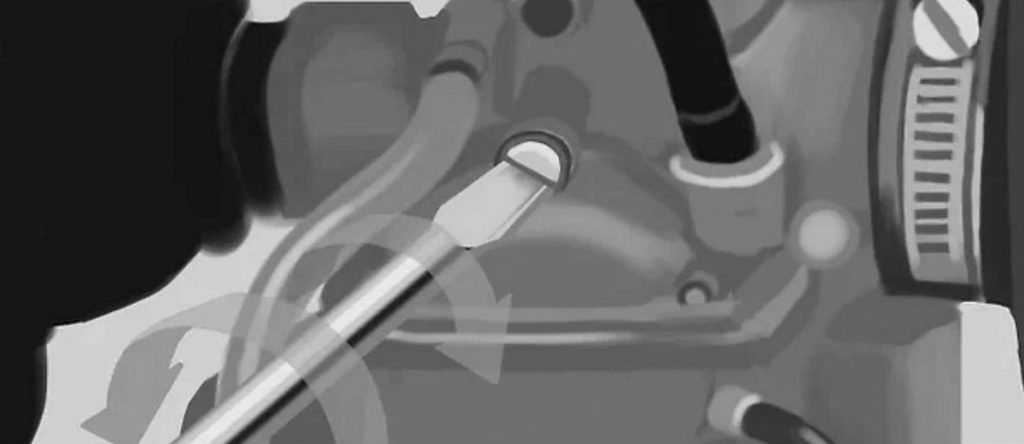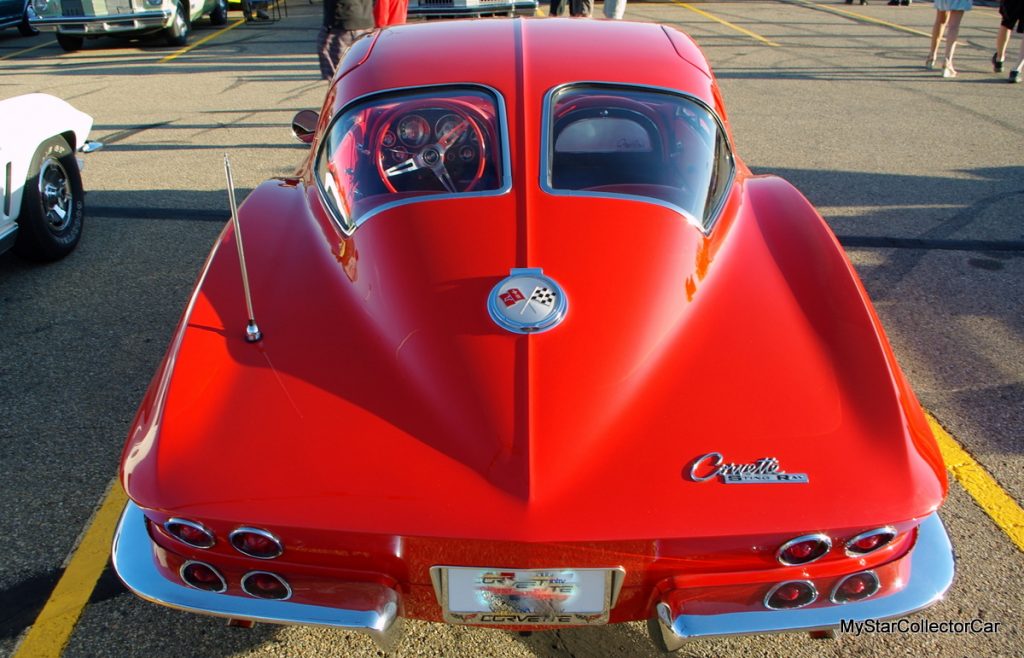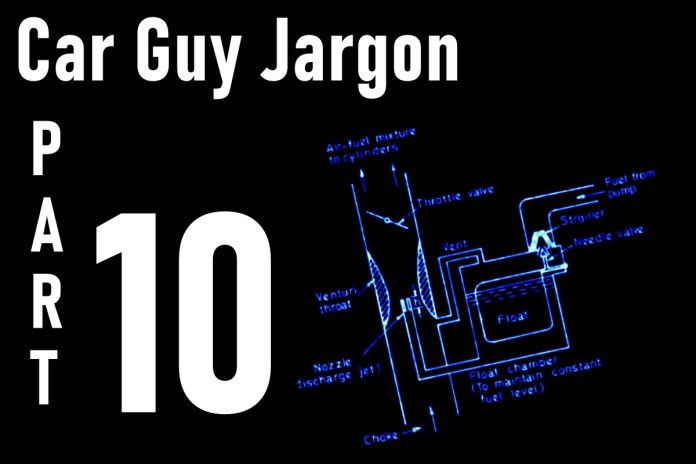It is a little-known fact MyStarCollectorCar is also an accredited interpreter because we speak car guy jargon so well that we have interpreted gearhead lingo in nine previous articles over the past 14 years.
That fine tradition deserved to be dragged over the double-digit threshold, so we added our 10th car guy language interpretation article to our previous pieces.
Car guy lingo is very simple for most gearheads, but it may be puzzling for people who are not immersed in the hobby, so that is why MyStarCollectorCar finds a teachable moment that may even draw from our long personal history of mechanical blunders and misadventures over the past five decades.
Jim Sutherland
The first car guy term on our list is “running lean”, a term that is not connected to a Boston Marathon winner crossing the finish line. Car guys apply the term to any situation where a vehicle is starved for fuel and does not have enough explosive power to light a big fire inside its engine’s cylinders.

The problem could be a very lazy fuel pump, a giant clog in the fuel lines, or a carburetor with major efficiency issues created by age, wear, or a raging case of mechanical incompetence during the rebuild phase. Bear in mind we did not include fuel injection systems in the mix, so MyStarCollectorCar would strongly suggest our readers consult with old school car guys who learned their stuff in a pre-fuel injection world in the matter of a lean-running engine with a carb.
The second term on our car guy list is the mirror opposite of our first term, namely “running rich”. A car that is running rich is getting too much fuel and may be seconds away from an engine bonfire when air, fuel and spark mix outside of an engine’s combustion chambers.

The immediate decision is whether to put out the engine fire or roast a few marshmallows over it before the big explosion. Or you can find out why the engine is getting too much gas and fix the problem before you are forced to call your local fire department to extinguish out your car fire. The usual suspect is a worn-out carb or one that has been eaten alive by new age gasoline during long storage.
Excess fuel in a carb may also be a “choke” issue, which is our third car guy term. Chokes disappeared when fuel injection systems replaced carburetors, therefore many younger car guys would have little or no experience with them.

A choke is a somewhat tricky device that limits the amount of outside air allowed into a carburetor so the engine will presumably use more fuel to start better when it is cold. The choke system will work well for awhile-right up to the point where it does not work well in either its vacuum or electric choke form. The best bet was a manually operated choke, but few people knew how to use them properly, so manual chokes followed the passenger pigeon into extinction.
The fourth addition to MyStarCollectorcar’s list is “split window”, a term closely associated with a rear window divided by a middle bar between the two glass sections. Many pre-war cars had this feature, along with the early model VW Beetles and other retro rides, but most car guys use the term as a label for the 1963 Corvette Sting Ray fastback model because of their split rear window design.

The split window Vette was only built during the 1963 model year because the obstructed rear window severely limited the drivers’ view of traffic behind them and caused accidents. In fact, many ’63 Vette owners removed the bar and GM followed suit when it built non-split window 1964 Corvette Sting Ray models. Consequently, the 1963 Corvette Sting Ray fastback has owned the split window term in the car hobby for 60 years and shows no signs of relinquishing it in the future.

MyStarCollectorCar’s fifth and final addition to our tenth article about car guy lingo is a “cammer”, specifically Ford’s famous (overhead camshaft) engine built during the mid-1960s. The camshaft was relocated to a higher position in the 427 and provided more efficient interaction with the Ford big block’s valve train, so a cammer was a powerful racy engine.

The 427 cammer is a legend in the car hobby because of its brute force power and rarity in the car hobby, so any sighting of a vintage Ford equipped with a cammer is a shock and awe moment for car guys. Be prepared to see jaws dropping if our fifth addition to our 10th car guy lingo list makes an appearance at a car event near you.
Jim Sutherland
BY: Jim Sutherland
Jim Sutherland is a veteran automotive writer whose work has been published by many major print and online publications. The list includes Calgary Herald, The Truth About Cars, Red Deer Advocate, RPM Magazine, Edmonton Journal, Montreal Gazette, Windsor Star, Vancouver Province, and Post Media Wheels Section.
- CLICK HERE to Sign Up for the Newsletter
- CLICK HERE to Like us on Facebook
- CLICK HERE to Follow us on Twitter
- CLICK HERE to Follow us on Pinterest
























































